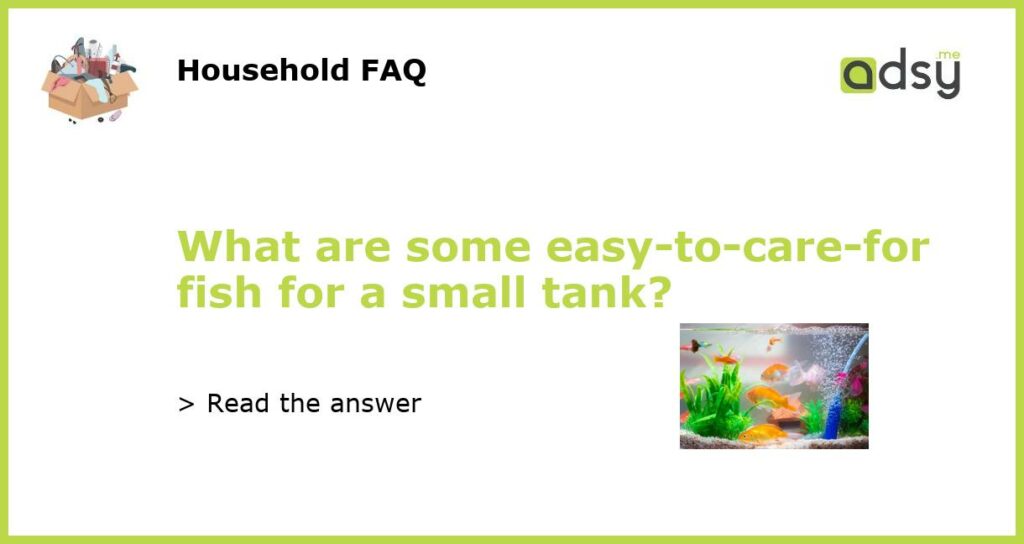5 Easy-to-Care-for Fish for a Small Tank
If you’re looking for a low-maintenance pet that brings color and life to your living space, fish are a great option. However, not all fish are created equal when it comes to caring for them in a small tank, especially if you’re a beginner. Here are some easy-to-care-for fish that can thrive in a small aquarium:
Betta Fish
Betta fish, also known as Siamese fighting fish, are a popular choice for small tanks because they are colorful, easy to care for, and have a fascinating personality. They are also hardy and can survive in various water conditions, although a heater is recommended to keep the water temperature stable. Betta fish are also low-maintenance because they can survive without a filter as long as their water is changed regularly.
Neon Tetras
Neon tetras are small, vibrant fish that can add a pop of color to any small aquarium. They are easy to care for, as they can thrive in a pH range of 6.0 to 7.5 and a temperature range of 72 to 81 degrees Fahrenheit. Neon tetras are schooling fish, so it’s best to keep them in groups of five or more.
Guppies
Guppies are another popular choice for small tanks because they are hardy, colorful, and easy to care for. They can tolerate a wide range of water conditions and don’t require a heater if the room temperature stays between 72 and 82 degrees Fahrenheit. Guppies are also livebearers, meaning they give birth to live young instead of laying eggs.
Corydoras Catfish
Corydoras catfish are bottom-dwellers that can clean your tank by eating any leftover food or debris. They are peaceful and can be kept in groups of three or more. Corydoras catfish also don’t require a heater and can tolerate a pH range of 6.0 to 8.0.
Shrimp
If you want to add some variety to your small tank, shrimp are a great option. They come in various colors and patterns and can help keep your tank clean by eating algae. Shrimp are also low-maintenance and can tolerate a wide range of water conditions. It’s best to keep them in small groups and avoid mixing them with fish that may see them as food.






